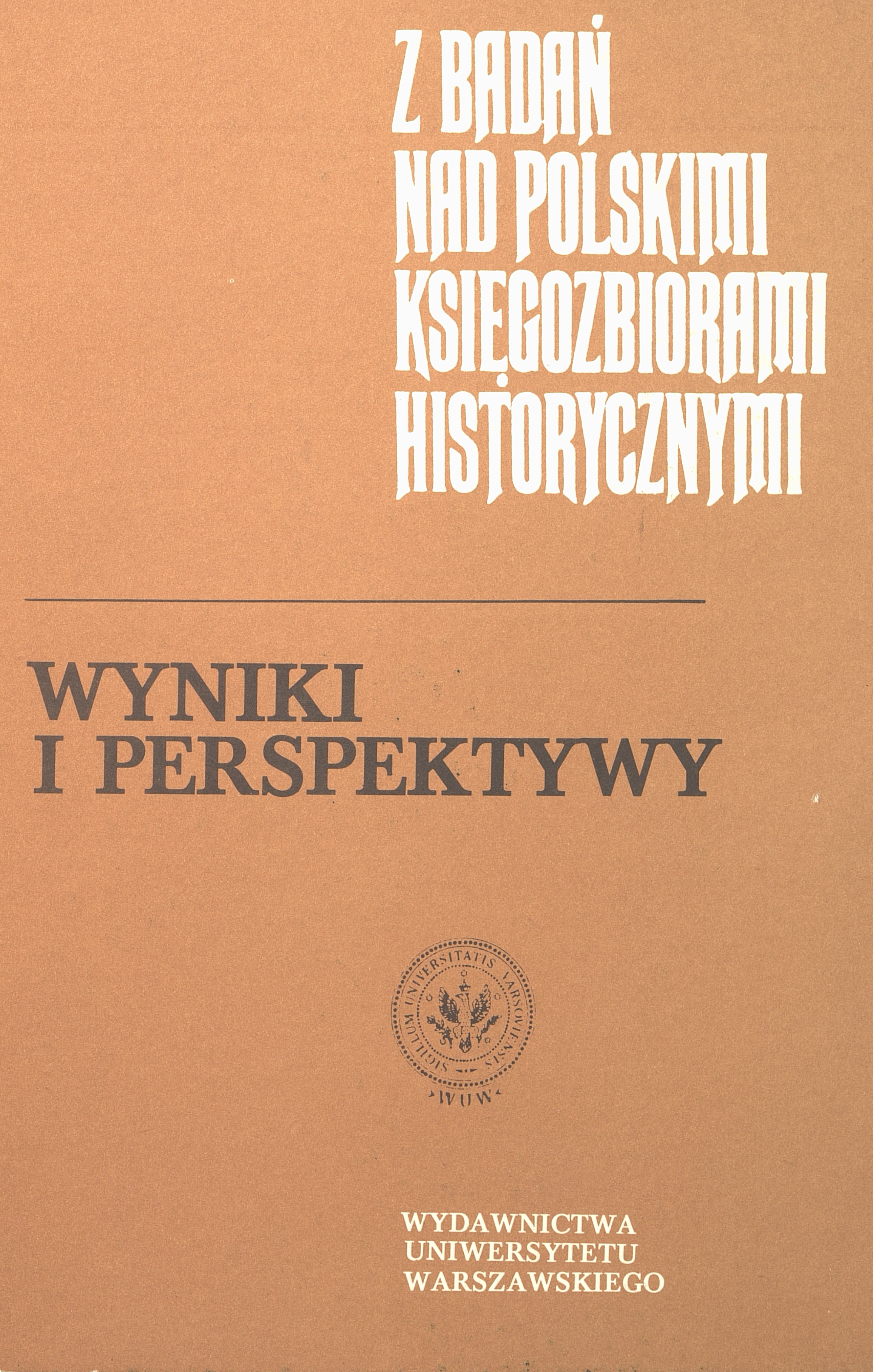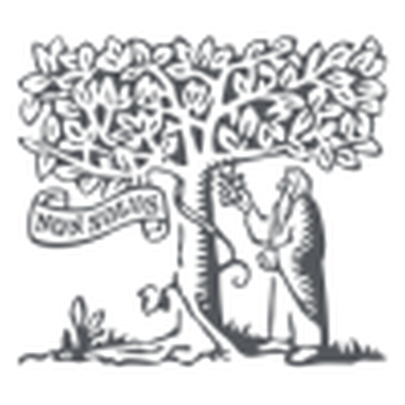Claudius Clemens and his ideal library
DOI:
https://doi.org/10.33077/uw.25448730.zbkh.1992.431Keywords:
Claudius Clemens (Claude Clemens), equipment and design of libraries in the 17th century, treatise on library organisation in the 17th century, the art of baroque.Abstract
Among the seventeenth-century library treatises of particular merit is a work by Claudius Clemens (Claude Clemens) - jesuit, teacher of colleges in Dole, Lyon, and Mardrid. The work, titled „Musaei Sive Bibliothecae Tam Publicae Quam Privatae Extructio, Instructio, Cura, Usus” published in 1635 in Lyon, was devoted to organizing, furnishing and administration of libraries and ways of utilizing their book collections. It was well known and widely read in the seventeenth-century Europe.
Expanding some of his lectures in Madrid college, Clemens decided to present in his work the image of an "ideal library". It is reflecting the seventeenth-century educational system and the Jesuit school-model. The texts as authored by a flesh-and-bone baroque erudita is overloaded with numerous quotations from various mostly classical writers; its style is florid and diggressive, and its arrangement is determined by the order of writer's diversified material.
„Musaei” is divided into four books, different in method and volume.
In the book one Clemens is presenting thorought a design of his ideal library, beginning with a minute plan of its chambers and not neglecting details of stucco, sculpture, and paintings (more than one fifth of the whole work is devoted to that). In accordance with the dominant interior adornment programme he is listing all the images to be exectued by painters and sculptors as well as lemmae and sententiae accompanying them. This all, imbued with the current ideology, is not only intended to embellish the shrine of Muses, but also to enlighten the readers and upbring then morally.
Book two contains a scheme for typical shelf arrangement and description of furniture and equipment; the necessity to keep the library in a tidy and orderly manner is stressed. Then the criteria of book selection and expurgation of the collection is being dealt with.
Book three, not so voluminous, pertains to the staff work, reader service and protection of the books.
Book four can be called a manual of intellectual work (especially that reading-assisted: making notes and excerpts, collecting loci communes) for the use of students, writers, and future orators.
Clemens supplemented his „Musaei Sive Bibliothecae...” with the description of the Royal Library in Escorial. The last part of the work is his speech delievered in 1627 at Dole college: „Paraenesis Allegorica ad Amorem Librarum”, in which the youth is being encouraged to study and promised his assistance as the school's librarian.
Clemens' work is a manifestation of peculiarities of the then educational system, when the student was gaining eruditic in the course of reading of the books. For contemporary reader „Musaei” was valuable as a source of information of libraries as well as an inspiration for the prospective collection founders.







